Parque de Mascotas de Daejeon (대전반려동물공원)
15.3Km 2024-11-21
Geumgo-gil 7, Yuseong-gu, Daejeon
Puente Peatonal Geumgang (금강보행교)
15.3Km 2025-09-16
Boram-dong, Sejong
El puente peatonal Geumgang, un lugar emblemático de la ciudad de Sejong, fue inaugurado en marzo de 2022. Es el primer puente de dos pisos en Corea, y al disponer de un diseño circular a gran escala, proporciona varias áreas para actividades. La parte superior del puente es para peatones con área de descanso e instalaciones de conveniencia, mientras que la parte inferior es un camino exclusivo para bicicletas para aquellos que desean hacer ejercicio y pedalear sin obstáculos.
Residencia Tradicional Myeongjae Gotaek en Nonsan (논산명재고택)
15.6Km 2025-12-01
Noseongsanseong-gil 50, Noseong-myeon, Nonsan-si, Chungcheongnam-do
Sendero Hwangtot-gil del Monte Gyejoksan (계족산 황톳길)
15.7Km 2025-08-13
Jang-dong San 85, Daedeok-gu, Daejeon.
Es el primer sendero de sanación en Corea, en tratar el tema de “senderismo a pies descalzos”. En 2008 fue elegido como uno de los 33 mejores destinos turísticos por periodistas de turismo, y al año siguiente obtuvo el título de “Destino de Turismo de Mayo”. El aroma refrescante de los pinos y la rica sensación que da la tierra permiten sentir la energía total de la montaña; y la vista general de la ciudad que se observa desde la cima deja a los visitantes sin palabras. En primavera y otoño, el lugar se llena de los montañistas profesionales o aficionados que desean apreciar su hermoso paisaje.
Parque Jungang de Sejong (세종중앙공원)
16.3Km 2025-10-23
Junganggongwon-ro 60, Sejong
Centro de Arte BOK (비오케이아트센터)
16.4Km 2023-02-10
Gukchaekyeonguwon 3-ro 12, Sejong
Parque del Lago Sejong (세종호수공원)
16.9Km 2025-09-16
Dasom-ro 216, Sejong
El Parque del Lago Sejong es un parque creado a gran escala y es una de las mayores atracciones turísticas de la ciudad de Sejong. El parque tiene senderos para caminar, islas, un escenario en el agua y otras instacaciones. Se destaca el puente Sehogyo y su escenario sobre las aguas. Los fines de semana, el parque se llena de visitantes que quieren pasarlo bien al aire libre, donde se realizan diversos espectáculos, festivales y actividades culturales. En las cercanías también se encuentran la Biblioteca Nacional Sejong y el arroyo Bangchukcheon, famoso por su fuente musical.
Arboreto Nacional Sejong (국립세종수목원)
17.0Km 2025-08-12
Sumogwon-ro 136, Sejong
Festividad Danoje de Sejong (세종단오제)
17.1Km 2025-05-15
Dasom-ro 216, Sejong
044-865-2411/2
Archivo Presidencial (대통령기록전시관)
17.4Km 2025-09-17
Dasom-ro 250, Sejong

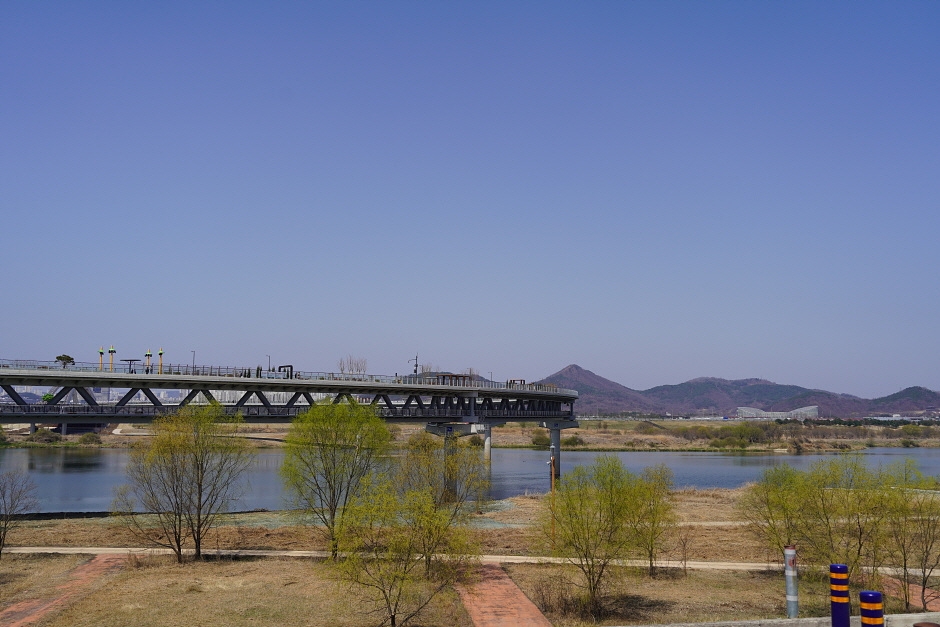
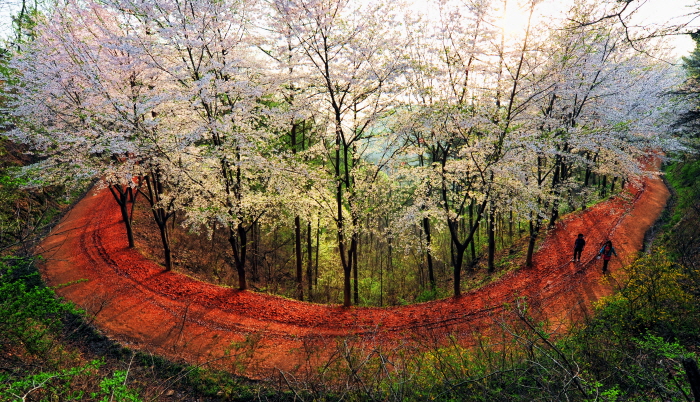
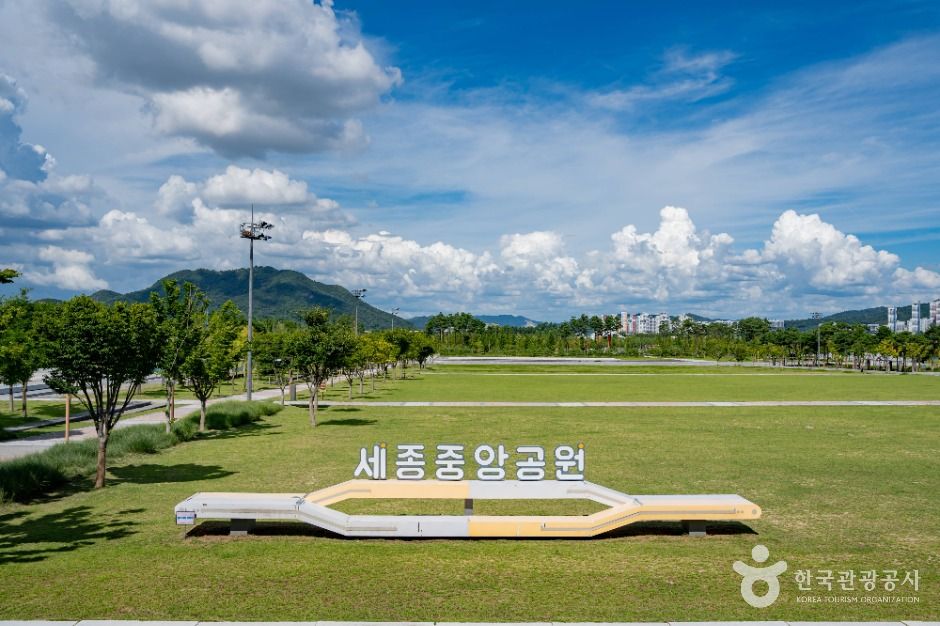
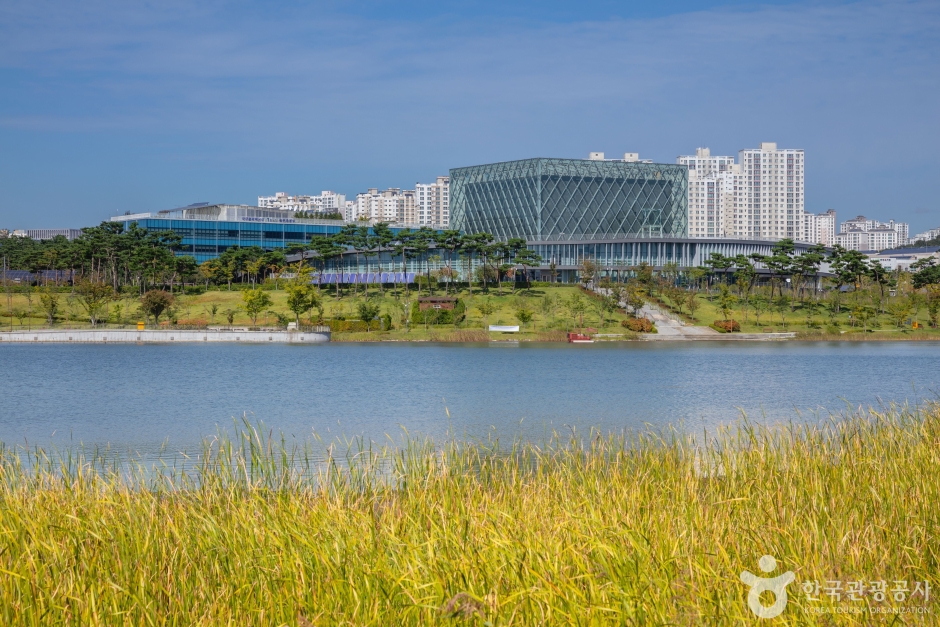
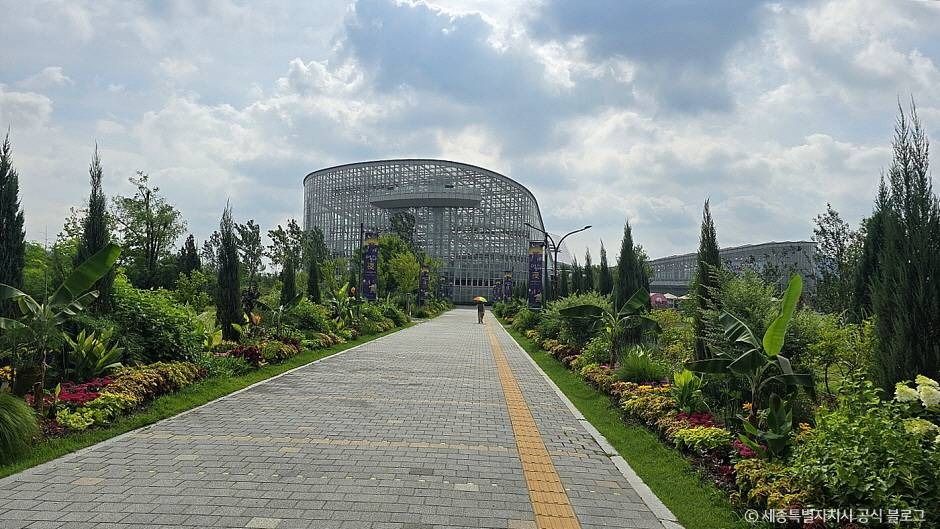
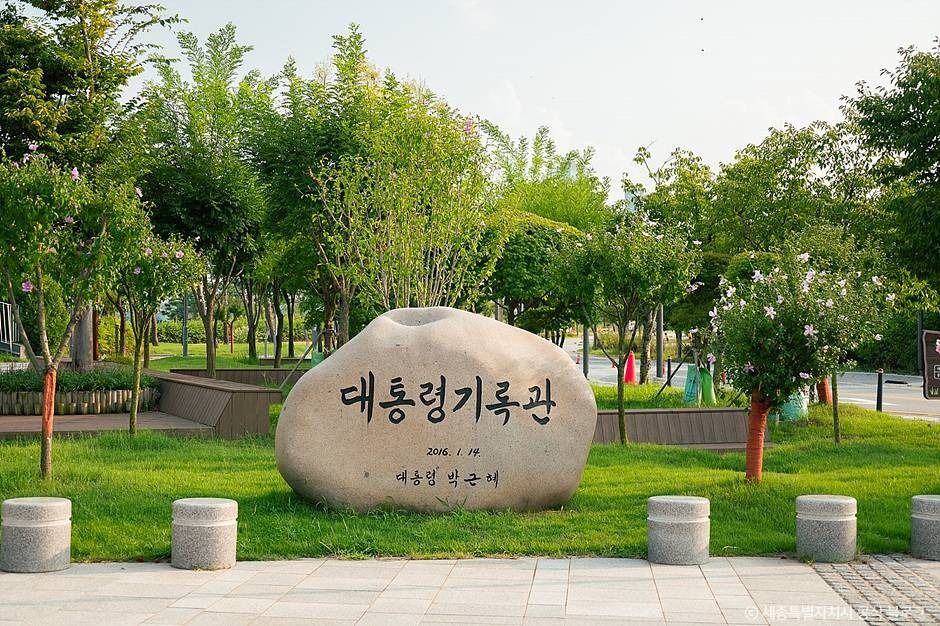
 Español
Español
 한국어
한국어 English
English 日本語
日本語 中文(简体)
中文(简体) Deutsch
Deutsch Français
Français Русский
Русский